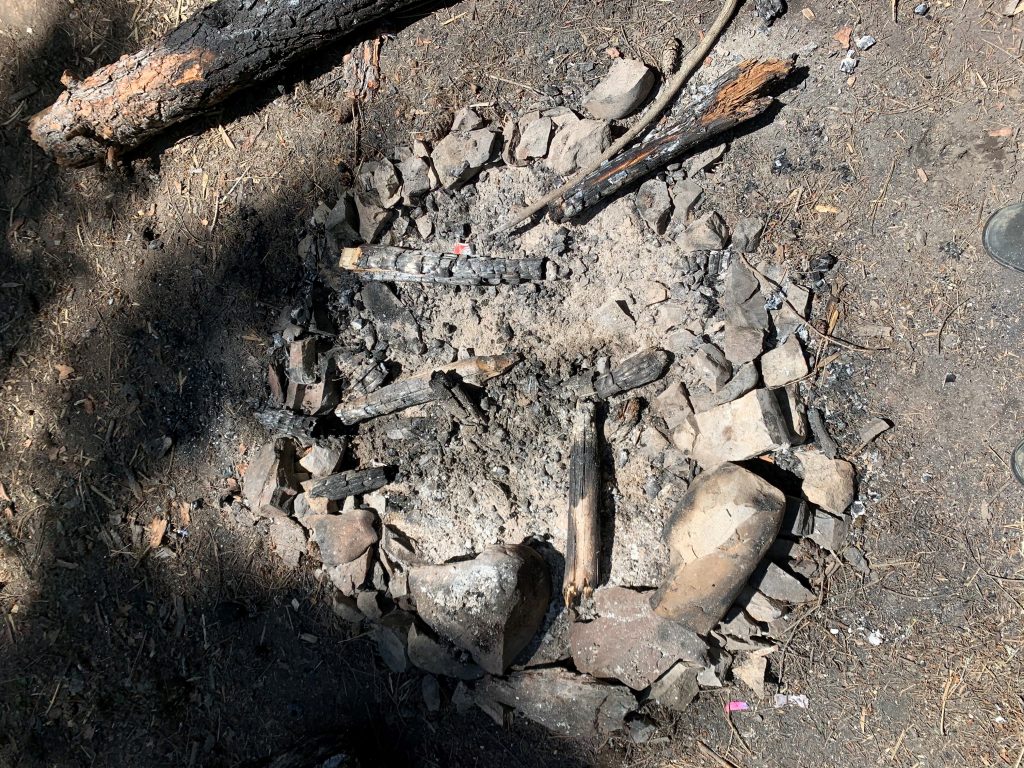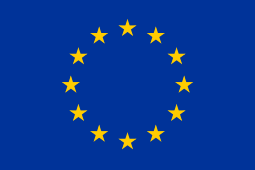*At the time of this publishing there are a lot of active fires in the western region of the United States. Our thoughts go out to all those affected by those fires and to the firefighters working tirelessly to control and mitigate wildfires.

Daniel Campbell, a 15-year Prevention Technician for the Forest Service in the Lolo National Forest of the Superior Ranger District in Montana, recently connected with Big Agnes while actively battling one of 20 wildfires in his district. He is one of many Forest Service members dedicated to the prevention and education of wildfires, from fire mitigation and prescribed fires that reduce wildfire fuel, to educating about responsible campfires with the tips below.
It all started last year with the influx of people recreating outside. The Forest Service tried to buy some new gear to replace our quiver and everything was sold out. That rang a bell for me. We have potentially millions of new users of National Forest, what tools do I have to reach those new people? In the same year, 23% of fires in the Superior Ranger District were from abandoned campfires, and now the district is close to surpassing its 10-year wildfire average. What better way to help conserve public lands and prevent wildfires from campfires other than share safe campfire tips to people who are recreating.
Be campfire safe
Before you build a campfire check local fire restrictions which can be found online by state or at local visitor centers.

There are many dispersed campsites with rock rings throughout the US. However, you can build up a rock ring anywhere and easily forget about the vegetation around. When looking for an open space to build a campfire you want to avoid all vegetation and over-hanging branches from trees. Envision a 3-foot diameter around the rock ring, clear of vegetation, brush, and trees, and on dirt.
In Montana, the legal description described by the state is 3 dimensions: 3-feet by 3-feet by 3-feet. Couple that with larger flame, that’s a sizable campfire and one you might be pushing your limit to control. Start small, it’s easier to feed the monster then get it back in control. And just because local fire restrictions say it’s appropriate to have a campfire right now, two weeks down the road it may not.
Put your fires out
Put your campfires out. Even though they are in a rock ring or metal ring, they always have a potential to escape. Give yourself the satisfaction it’s extinguished and won’t cause a potential massive, devasting, large-scale fire.
Drown, Stir, Drown, Feel
You first need a bucket of water. Drown the fire with a lot of water, stir it with a shovel or branch, drown it again, and then feel it. If you put your hand in there, use the back of your hand so you’re not tempted to grab onto something hot. You want it to be cool to the touch and without hot ash or embers in there.
You can put fires out without water by dry mopping. It’s essentially mopping up a fire without water by suffocating that ember or flame with dirt. Dry mopping is a bit of a process, but if you’re an ultralight backpacker going out on 10-mile stints with limited water, this is a great alternative that takes a little longer but achieves the same results.
Recreating and responding around fires
Is it safe to hike or camp when there are wildfires? Yes and no, be smart about it (and abide to all local restrictions and forest closures). If you don’t know, find a different spot just to be safe. Bigger fires can change quickly, situations can evolve rapidly.
If you are recreating and see a fire, report that fire by calling 911. GPS devices that can send text messages are great tools, and recently helped control an unattended campfire that moved into a tree when campers sent the location’s coordinates to 911. A helicopter and ground crew were able to respond. If you don’t have GPS equipment take a description of where you are at, the trail head, any nearby lakes, and the road you drove on to report to 911 when back in service. They will send a dispatch notification to the Forest Service.

Our responsibility
Every hiking, camping, and outdoor enthusiast has an obligation to help prevent wildfires so future generations can enjoy the grass lands, the woods, and all the places you recreate. Always have the tools to successfully extinguish a campfire if you plan to have one. And remember there are always alternatives to having a fire. It’s hard to beat that campfire smoke, but sometimes you have to say that Jetboil will help cook our dinner and keep us warm just as well.
Wildfires are unpredictable. We don’t know when they are going to happen. Even if you leave your fire for ten minutes to walk down to the creek you could get a wind gust that could blow the fire out of its rock or metal ring. If you are out for a few minutes, extinguish it. It’s easier to build a new fire than deal with something that got out of control.
We must try to educate each other and be a good role model in the outdoors. If someone is building a campfire under a tree you might point out the dead needles that could cause a larger fire to start and recommend moving that fire across the campsite to a safer environment for everyone to enjoy. Education and prevention is our responsibility.
Learn more tips at BeOutdoorSafe.org


 English (EUR) | EN
English (EUR) | EN 


